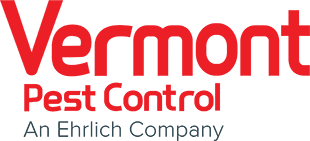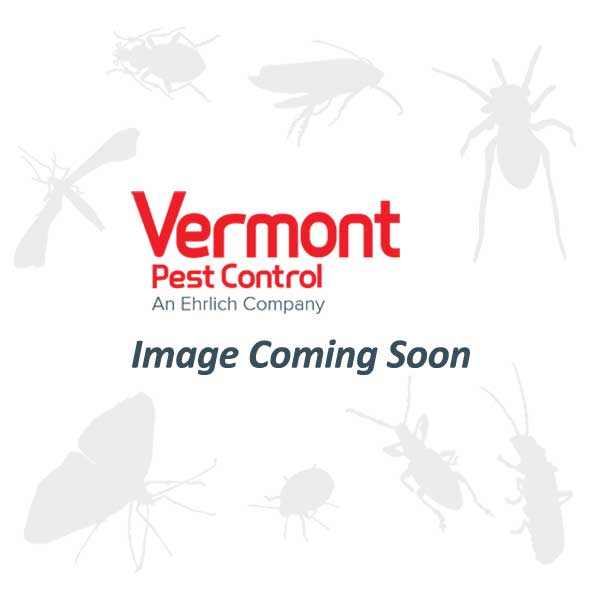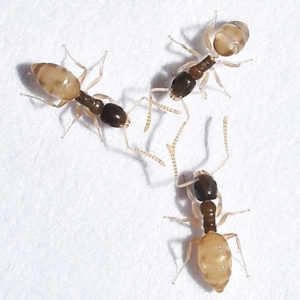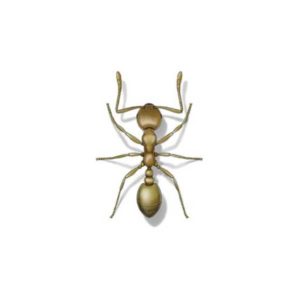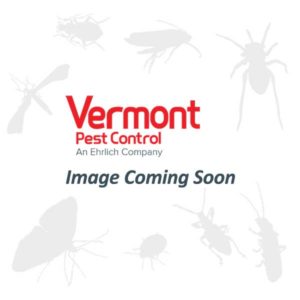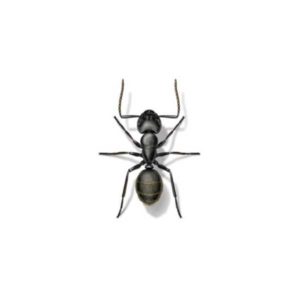Larger Yellow Ants in Vermont
Also known as the citronella ant, the larger yellow ant is common in Vermont. When provoked, larger yellow ants release an odor that smells like citronella or lemon. These ants are not known to feed on household foods but feed exclusively on the honeydew produced by aphids and mealybugs. Pest problems usually occur in the late summer and fall when mixed colonies swarm. Nocturnal pests, swarming usually occurs at night. Often confused with termites, winged swarmers and wingless worker ants move toward buildings, attempting to enter through cracks or gaps in the foundation.
Larger Yellow Ant Habitat
Nests are typically located in and around areas of high moisture. Outdoors, larger yellow ants can be found nesting in high moisture soil beside structures, along foundation walls, under stumps, logs, or rocks. Indoors, these ants are sometimes found behind bathtub or shower walls or in damp crawl spaces, especially over winter. Mounds of dirt left behind by the colonies’ process of excavating tunnels can be up to three feet wide. Temporary winter nests can be located in basements under a loose brick or board or in a crack in the wall or floor.
Larger Yellow Ant Behaviors, Threats, or Dangers
Larger yellow ants do not have a stinger, but can become a nuisance when winged ants swarm indoors, or as workers dump soil from cracks in floors or basement walls. When swarming, homeowners often mistake these ants for termites or carpenter ants. Swarming may even occur inside homes when colonies are located next to or under the structure. Residents may be alarmed by the large numbers of swarming ants that converge on the side of homes and structures. If a larger yellow ant issue is suspected, it is best to consult a professional ant exterminator.
Need help with Larger Yellow Ants?
We'll call you! Leave your information below.
